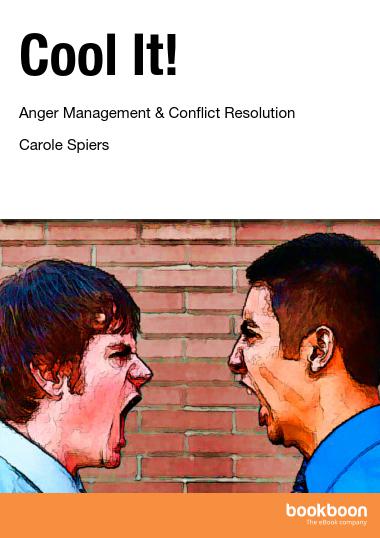The 5 Stages of a Successful Negotiation
Something you learn with experience is: negotiate! Whether you are buying fish at the market, a house, or are about to ask for a raise, remember it is up to you to wow your interlocutor – it could make a big difference!
Negotiation is an attempt by two people (or groups) who are currently in disagreement, to reach a mutually acceptable solution to the difficulty. It should result in a win/win solution, so that both parties are happy with the result. In order to achieve this, each party needs to know clearly what the other wants and each party has to be prepared to change or compromise until both feel that the position is acceptable.
When planning a negotiation, it may be worth considering the use of an agenda so the points for discussion are set out in the order in which you wish to deal with them.
There are five stages that need to be completed to reach the end of a negotiation: preparation, initial positions, discussion, compromising or flexibility and making the deal. Let’s take a look at these stages in more detail.
Preparation
In many situations it is important to know as much as you can about your own position and the position of the other party, so some prior research is often appropriate.
Possible research areas
- What, exactly, is your own position?
- What, as close as you can get, is the other person’s position?
- What might you settle for?
- What is the other person likely to want?
- Which aspects could be changed and which could not?
- Is the interaction between different personalities playing a part in the conflict?
Initial Positions
Each party should start by clearly and assertively stating how they currently see things. There should be no judgement and no personal attacks. Each party should listen carefully to the other without interruptions. Your initial position should be reasonable and not too extreme.
Discussion
This should proceed in a reasonably amicable manner with each party listening well to the other and then communicating their own points. Each agreeing with what they can of the other’s points will start to produce an atmosphere where cooperation is more likely.
Compromise and Flexibility
As the discussion proceeds, each party may wish to suggest changes to the initial positions, either to their own initial position or to the initial position of the other party. The discussion continues in this way, with the parties trying to maintain an element of flexibility until they can reach an agreement that is acceptable to both.
It is sometimes helpful for parties to make tentative suggestions to the other to try to move things forward. “If I were to do …, would you be prepared to do…?”
Making the Deal
When agreement has been reached it is most helpful to make a written record of it, including how the implementation of the agreement will be monitored. Both parties should agree the content of the written record and sign it.
Body Language
Do be aware of your own body language: lean slightly forward and maintain good eye contact so you are looking interested. Smiling appropriately can break down barriers and produce good rapport between two people. Observe the body language of the other party – you can often pick up when they are losing interest, strongly opposed to what you are saying or starting to agree.
Breakdown
Sometimes negotiations break down and the parties concerned are unable to reach an agreement. This may be for a variety of reasons, but in any event some further strategy then needs to be introduced because the conflict cannot be allowed to continue unresolved. Often this is a time at which to introduce a third party mediator (see below). It may also be possible to ask a more senior manager to make a decision binding on both parties (arbitration) – although the two parties in the dispute then have no control over the outcome.
There are many more things you can learn about negotiating and dealing with somebody else’s temper. If you would like to delve deeper into this topic, “Cool It! – Anger Management & Conflict Resolution” written by Carole Spiers is the right book for you.




